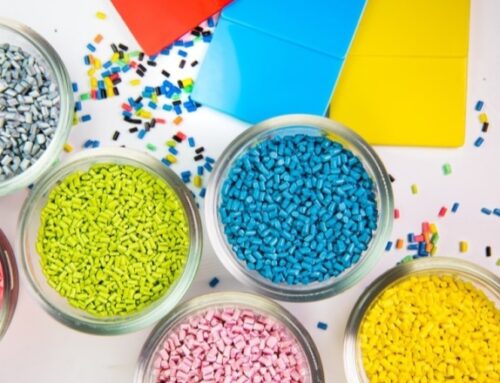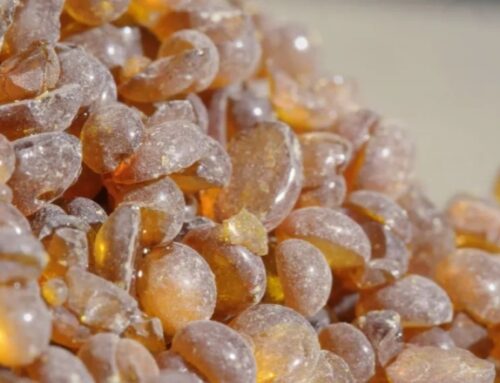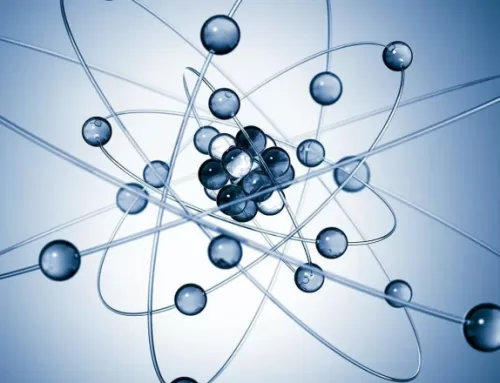In the field of materials science, modified calcium carbonate has become an indispensable and important component in many industries due to its unique properties and wide applications.
1. Analysis of the Characteristics of Modified Calcium Carbonate
Optimization of Physical Properties
Modified calcium carbonate exhibits superior physical properties after special treatment. Its particle size is more uniform and its specific surface area increases, which allows it to disperse better when mixed with other materials and improve the overall performance of the material. For example, in the plastic industry, modified calcium carbonate can be uniformly dispersed in the plastic matrix, enhancing the strength and stiffness of the plastic while reducing costs.
Normally, calcium carbonate is a white powdery solid. The purity of its color may vary depending on the production process and impurity content. High quality calcium carbonate has a pure white color without obvious discoloration, while some low-quality calcium carbonate may have a slight yellow or gray tone. In terms of shape, unmodified calcium carbonate particles have irregular shapes and may exhibit various forms such as block and granular shapes. After modification treatment, its particle shape can be optimized to a certain extent, closer to spherical or elliptical, which is beneficial for improving its dispersibility in different materials.

Improvement of chemical stability
The chemical stability of calcium carbonate is significantly improved through chemical modification. It can maintain stable performance under different environmental conditions and is not easily corroded by chemicals such as acid, alkali, salt, etc. This characteristic makes modified calcium carbonate widely used in industries such as coatings and inks. In coatings, it can improve the weather resistance and chemical corrosion resistance of coatings, and extend the service life of coatings.
Enhancement of surface activity
The surface of modified calcium carbonate has higher surface activity after treatment. This enables it to better integrate with other materials and improve compatibility between materials. In the rubber industry, modified calcium carbonate can be better combined with rubber molecules to enhance the wear resistance and anti-aging properties of rubber.
2. Applications in the field of plastics
Enhance the performance of plastics
In plastic production, adding modified calcium carbonate can significantly improve the mechanical properties of plastics. It can increase the hardness, strength, and stiffness of plastic, while reducing its shrinkage and warpage. In addition, modified calcium carbonate can improve the heat resistance and flame retardancy of plastics, making them safer and more reliable in high temperature and flammable environments.

The advantage of reducing costs
Modified calcium carbonate has significant cost reduction advantages in the field of plastics. On the one hand, due to the abundant reserves of calcium carbonate in nature and its relatively low price, modified calcium carbonate can partially replace expensive plastic raw materials in terms of performance, thereby reducing the production cost of plastics. On the other hand, the addition of modified calcium carbonate can reduce the amount of plastic used, as it can enhance the performance of plastics to a certain extent, allowing for the use of fewer plastic raw materials while achieving the same performance requirements. For example, in some plastic products, adding modified calcium carbonate in moderation can reduce the amount of plastic used by a certain proportion without affecting product quality, thereby achieving effective cost control.
Improve processing performance
The addition of modified calcium carbonate can improve the processing performance of plastics. It can reduce the melt viscosity of plastics, improve their flowability, and make plastics easier to form during processing. In addition, modified calcium carbonate can also reduce the wear and corrosion of plastics during processing, extending the service life of processing equipment.
3. Application in the field of coatings
Improve the covering power of coatings
Modified calcium carbonate has high whiteness and covering power, which can play a good covering role in coatings. It can reduce the amount of pigment in the coating and lower the cost of the coating. Meanwhile, modified calcium carbonate can also improve the glossiness and vividness of coatings, making them more aesthetically pleasing.

Enhance the weather resistance of coatings
Adding modified calcium carbonate to coatings can improve their weather resistance. It can resist the erosion of natural factors such as ultraviolet rays, acid rain, and air pollution, and extend the service life of coatings. In addition, modified calcium carbonate can improve the water resistance and chemical corrosion resistance of coatings, making them more stable in humid and corrosive environments.
Improve the leveling of coatings
The particle shape and size of modified calcium carbonate can affect the leveling performance of coatings. By selecting appropriate modified calcium carbonate, the leveling of the coating can be improved, making the coating more uniform and smooth during the construction process. In addition, modified calcium carbonate can also reduce foaming and shrinkage during the construction process of coatings, improving the construction quality of coatings.
4. Application in the field of rubber
Enhance the mechanical properties of rubber
In rubber production, adding modified calcium carbonate can improve the hardness, strength, and wear resistance of rubber. It can form a good bond with rubber molecules, enhancing the mechanical properties of rubber. Meanwhile, modified calcium carbonate can also reduce the cost of rubber and improve its cost-effectiveness.

Improve the processing performance of rubber
The addition of modified calcium carbonate can improve the processing performance of rubber. It can reduce the viscosity of rubber, improve its flowability, and make rubber easier to form during processing. In addition, modified calcium carbonate can also reduce the wear and corrosion of rubber during processing, extending the service life of processing equipment.
Improve the aging resistance of rubber
Modified calcium carbonate can absorb ultraviolet rays and other harmful substances, reducing their damage to rubber. Meanwhile, modified calcium carbonate can also form stable chemical bonds with rubber molecules, improving the aging resistance of rubber. This makes rubber more stable and reliable during long-term use.
In summary, modified calcium carbonate, as an important material, has a wide range of applications in various fields such as plastics, coatings, and rubber. With the continuous advancement of technology, the performance of modified calcium carbonate will continue to improve, and its application fields will also continue to expand.
Article source: www.xianjichina.com
M&J International Trading Co., Ltd






Leave A Comment